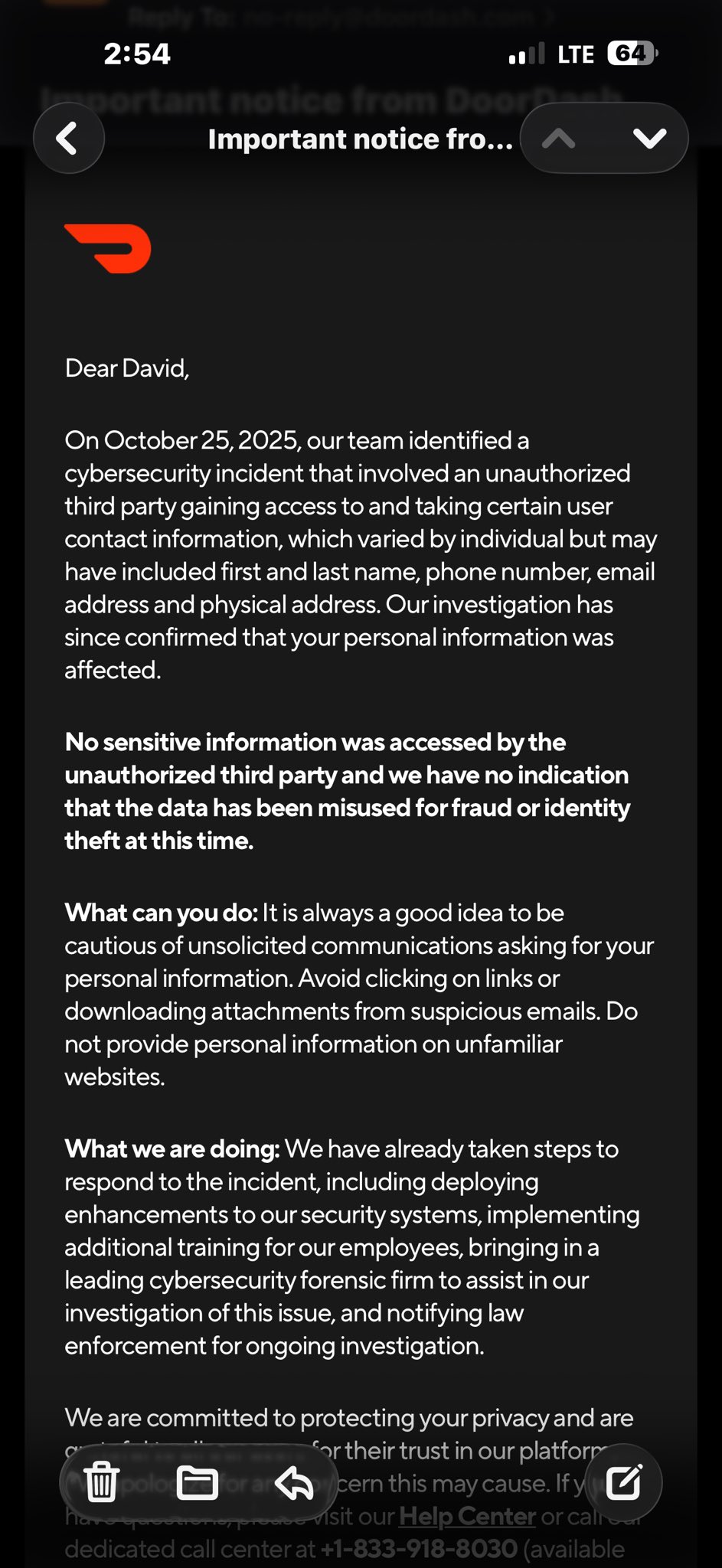Peter ‘corelanc0d3r’ Van Eeckhoutte is the security experts that months ago has discovered the
zero-day Internet Explorer 8
flaw, but the news is public only today, this means that in this period users were exposed to the cyber threats able to exploit the flaw in the popular browser.
Van Eeckhoutte has published the news on the Zero-Day vulnerability in Internet Explorer 8 today through
Zero Day Initiative website. The zero-day in Internet Explorer 8 is a
remote code execution and could allow an attacker to
remotely execute arbitrary code through a bug in CMarkup objects as explained on ZDI.
“This vulnerability allows remote attackers to execute arbitrary code on vulnerable installations of Microsoft Internet Explorer. User interaction is required to exploit this vulnerability in that the target must visit a malicious page or open a malicious file. The specific flaw exists within the handling of CMarkup objects. The allocation initially happens within CMarkup::CreateInitialMarkup. The free happens after the execution of certain JavaScript code followed by a CollectGarbage call. By manipulating a document’s elements an attacker can force a dangling pointer to be reused after it has been freed. An attacker can leverage this vulnerability to execute code under the context of the current process.” reports ZDI.
Zero Day Initiative is a program for rewarding security experts for ethical disclosing flaws. Giving a look at the timeline of the Zero-Day vulnerability in Internet Explorer 8 it is possible to note that ZDI reported it to Microsoft on 10/11/2013 but the company confirmed reproduction only on 02/10/2014, four months later.
Another curious aspect of the story is that despite Microsoft has reproduced the Zero-Day vulnerability in Internet Explorer 8 it hasn’t issued any patch neither it has informed its customers, and we know that this approach is very dangerous.
Fortunately ZDI respect a disclosure policy that, after 180 days from notification of the flaw, obliges it to publicly disclose the details of a Zero-Day vulnerability. Microsoft, despite was informed many times of the disclosure policy by ZDI didn’t respond to it.
As explained by ZDI an attacker could leverage the Zero-Day Internet Explorer 8 vulnerability through compromise websites and by clicking on email attachments. An attacker just have to deploy a malicious content on the compromised websites visited by victims.
“In all cases, however, an attacker would have no way to force users to view the attacker-controlled content. Instead, an attacker would have to convince users to take action, typically by getting them to click a link in an email message or in an Instant Messenger message that takes users to the attacker’s website, or by getting them to open an attachment sent through email,” reads the ZDI post. An attacker who successfully exploited these vulnerabilities could gain the same user rights as the current user. Users whose accounts are configured to have fewer user rights on the system could be less impacted than users who operate with administrative user rights” stated ZDI.
Users using Windows Server 2003, Windows Server 2008, Windows Server 2008 R2, Windows Server 2012, and Windows Server 2012 R2 should not worry if they have Enhanced Security Configuration enabled on their Internet Explorer.
Users are advised to block ActiveX Controls and Active Scripting and also install EMET (Enhanced Mitigation Experience Toolkit), that enable you to manage security mitigation technologies,









